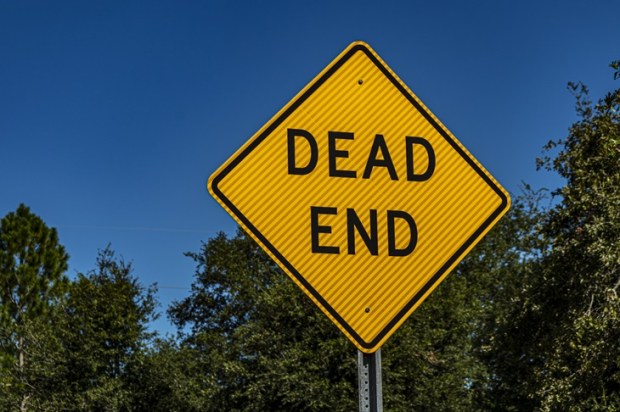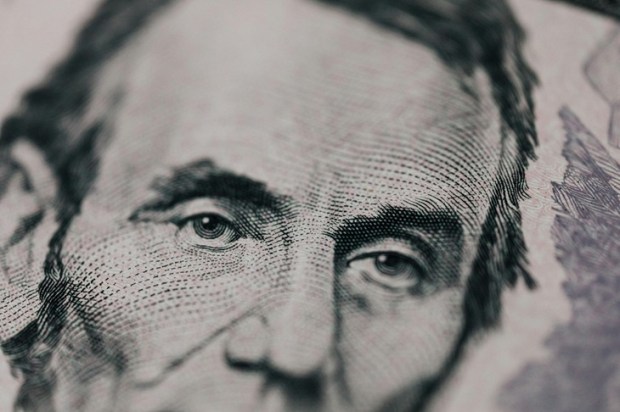Thousands of people queued up outside the theatre to witness something unique. As the line stretched around corners, the chilly December air warmed with anticipation. Everywhere you turned, you could feel a palpable tension. After tickets were collected and security ushered the anxious crowd using megaphones, people began to slowly file through the doors. Once inside, chaos reigned. A wild, hysterical gale seemed to sweep through the auditorium. People were screaming, some had fainted and others threw up. As the ambulances arrived outside, the worst were stretchered out. No, this wasn’t a Coldplay gig; instead, it was the eagerly awaited debut screening of The Exorcist.
William Friedkin’s legendary supernatural horror movie is still one of the most disturbing and memorable horror films of all time, 50 years after its initial release. It’s understandable why IMDB named it the scariest movie of all time in 2013, given its powerful, unforgettable scenes depicting its young female protagonist’s gradual descent into demonic possession. Even decades later, the film’s horrifying and shocking graphic imagery still shocks and horrifies a new generation.
The popularity of horror films has soared in recent years, especially those with original and unique content. In addition to Piggy, whose Sundance premiere earned director Carlota Pereda praise, and M3gan, which brought in $130 million worldwide. Barbarian also enjoyed commercial success. It would seem that horror has risen from the dead, like one of Lucio Fulci’s zombies.
Despite being a self-confessed horror nerd, I can’t say I am a fan of Hollywood’s current obsession with remakes; a trend from which horror has suffered the most. Problems begin when existing intellectual properties and source material are expanded. This runs a significant risk of destroying the original story’s narrative coherence. Additionally, it lacks originality. Between A Nightmare on Elm Street and Halloween there have been roughly 20 sequels and spin-offs.
Like many wonderful things in life, The Exorcist came about by accident. In 1971, when a guest backed out of an episode of the Dick Cavett Show, the show’s booker called William Peter Blatty, who was wrapping up a rather unsuccessful 26-city book tour. The struggling author quickly accepted the offer after recognising an opportunity because, in his words, ‘Nobody was buying the book.’
Cavett’s second guest, the actor Robert Shaw, was too drunk to continue, so his five-minute time slot had to be extended. Blatty took advantage of the situation. With tales of witchcraft and the occult, the young author held the audience’s interest for nearly an hour. His appearance propelled The Exorcist to the top of the New York Times best-seller list. Cavett later remarked that Blatty was one of his all-time favourite guests. It wasn’t long until it caught the attention of Warner Bros. Despite having only a nominal $12 million production budget, the movie’s overall box office receipts as of 2019 have exceeded the astounding total of $441 million worldwide. That kind of profit margin is unheard in Hollywood today, which probably explains why a sequel has just been released.
One of the reasons The Exorcist is so unnerving is its location. We are given a broad aerial view of Georgetown, Washington’s sleepy suburbs, before the camera pans over the Potomac Bridge. This idyllic autumnal scene is abruptly replaced with horror and chaos when we are introduced to a young girl named Regan writhing wildly on her bed. Her mother decides to seek advice as her daughter’s behaviour becomes increasingly bizarre. After conventional Western medicine is unable to help, they turn to religion. The family contacts Father Damian Karras, a priest struggling with faith. The subsequent visuals rank among the most terrifying in horror movie history.
The central message of The Exorcist – that a demon can invade an unprepared family home – serves as an idea that horror films have continued to replicate to this day. However, it’s not just the imagery that cements itself in the minds of fans. The ‘disturbance/reflection’ duality, also known as the ‘what if’ scenario in horror, seeps into our own imaginations. M3gan and Sadako Yamamura from The Ring are both home invaders who appear to terrorise their victims while relentlessly drawing attention to the viewer’s irrational fear of disorder in daily life. The latter enters through that most ubiquitous household item, the television.
When a horror movie succeeds in stirring up feelings of profound reflection, it stays in the audience’s memory for years to come. Friedkin’s The Exorcist continues to be a truly remarkable and enduring horror classic, even though the ‘possessed girl’ sub-genre has become somewhat cliché.
Marvel and DC may be popular, but screams always sound better than the ‘oohs and ahhs’ of CGI explosions. Trust me, it’s better to be truly terrified.
Got something to add? Join the discussion and comment below.
Get 10 issues for just $10
Subscribe to The Spectator Australia today for the next 10 magazine issues, plus full online access, for just $10.


























Comments
Don't miss out
Join the conversation with other Spectator Australia readers. Subscribe to leave a comment.
SUBSCRIBEAlready a subscriber? Log in